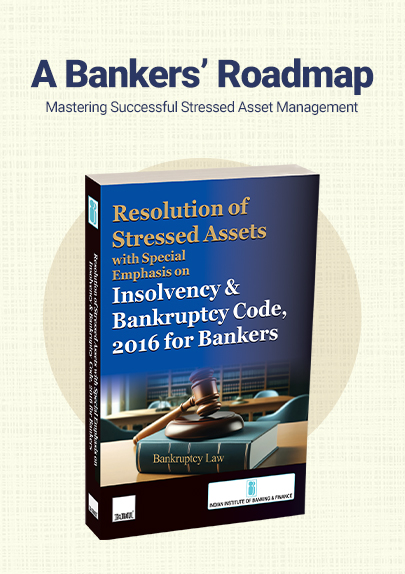HC Quashes ‘Willful Defaulter Committee’s’ Decision Due to Reliance Solely on Flawed Transaction Audit Report (TAR) | HC
- Blog|News|Insolvency and Bankruptcy Code|
- 2 Min Read
- By Taxmann
- |
- Last Updated on 25 July, 2024
Case Details: Vishambhar Saran v. Central Bank of India - [2024] 164 taxmann.com 513 (HC-Calcutta)
Judiciary and Counsel Details
- Sabyasachi Bhattacharyya, J.
- Sabyasachi Choudhury, Rajarshi Dutta & Debjyoti Saha, Advs. for the Petitioner.
- Ms Usha Doshi & Ms Priyanka Gope, Advs. for the Respondent.
Facts of the Case
In the instant case, petitioners had challenged the decision of the Willful Defaulter Identification Committee (First Committee) and subsequent affirmation by the Review Committee (RC), which declared them as willful defaulters under the RBI’s Master Circular on Wilful Defaulters.
The First Committee’s decision was based solely on a Transaction Audit Report (TAR) by an auditor, which itself was inconclusive and prepared at the request of the Liquidator during a Corporate Insolvency Resolution Process (CIRP) in connection with an application under sections 45 and 66 against suspended Board of Directors of Corporate Debtor.
Thereafter, an application for Liquidator came up for consideration before the NCLT and was rejected by the same. The premise of such rejection was that since the Liquidator had no other material except the findings of the Auditor, which did not allege anything against respondents, prayer for directing respondents to make contributions could not be allowed.
The TAR was thus thoroughly disbelieved and refused to be relied on by the NCLT. – An appeal was filed before the NCLAT, which was also dismissed, thereby affirming the findings and conclusions of the NCLT disbelieving TAR.
It was noted that the entire decision was based on allegations levelled in the said TAR. Still, no independent evidence apart from TAR had been relied on by the First Committee in coming to its conclusions.
High Court Held
The High Court observed that since the Liquidator in CIRP represented the Committee of Creditors, comprising component banks of the Consortium that granted a loan to the borrower-Company in the first place, and since the Liquidator had no other material except the Auditor’s findings, which did not allege anything against the respondents, prayer for directing respondents to make contribution could not be allowed.
Thus, TAR was thoroughly disbelieved and refused to be relied on by NCLT. The same could not be a basis for the Willful Defaulter Identification Committee to declare the petitioners as Willful Defaulters.
The High Court held that reliance on TAR in decisions of the First Committee and RC was entirely de hors law, and the perverse decisions of both the First Committee and RC declaring the petitioners to be Willful Defaulters were hereby set aside and quashed.
Disclaimer: The content/information published on the website is only for general information of the user and shall not be construed as legal advice. While the Taxmann has exercised reasonable efforts to ensure the veracity of information/content published, Taxmann shall be under no liability in any manner whatsoever for incorrect information, if any.

Taxmann Publications has a dedicated in-house Research & Editorial Team. This team consists of a team of Chartered Accountants, Company Secretaries, and Lawyers. This team works under the guidance and supervision of editor-in-chief Mr Rakesh Bhargava.
The Research and Editorial Team is responsible for developing reliable and accurate content for the readers. The team follows the six-sigma approach to achieve the benchmark of zero error in its publications and research platforms. The team ensures that the following publication guidelines are thoroughly followed while developing the content:
- The statutory material is obtained only from the authorized and reliable sources
- All the latest developments in the judicial and legislative fields are covered
- Prepare the analytical write-ups on current, controversial, and important issues to help the readers to understand the concept and its implications
- Every content published by Taxmann is complete, accurate and lucid
- All evidence-based statements are supported with proper reference to Section, Circular No., Notification No. or citations
- The golden rules of grammar, style and consistency are thoroughly followed
- Font and size that’s easy to read and remain consistent across all imprint and digital publications are applied







 CA | CS | CMA
CA | CS | CMA



